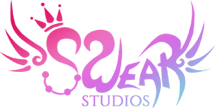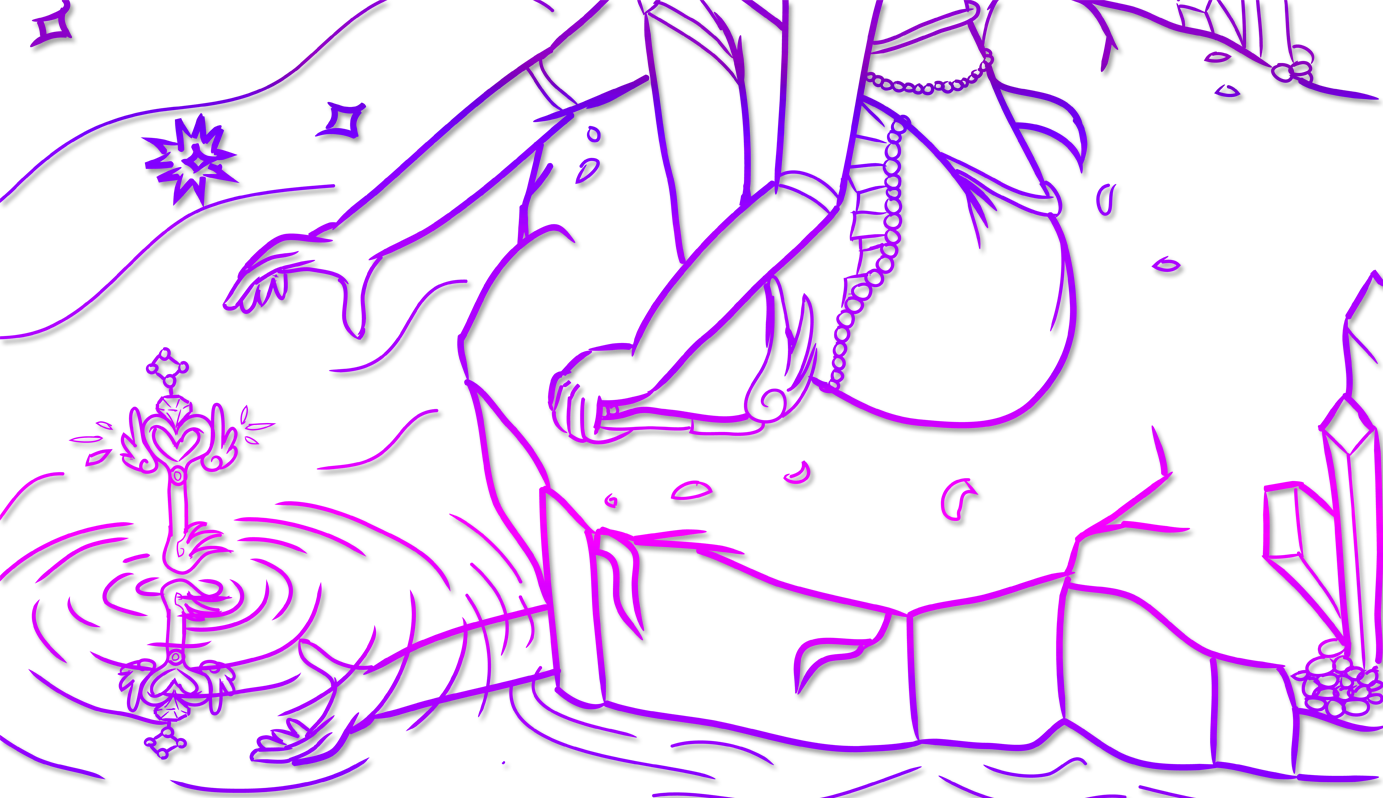Obviously, spoilers ahead if you have not completed the game Earthbound/Mother 2.
Proceed with Caution – You have been warned!
Interpretation
Of course, a blank screen is nothing worth looking at in a game of the caliber of Earthbound. Thus Giygas has “form” … if we can call it that. A swirling mass of…something. What something? Is it a fetus? Is it a skull? Is it Giegue flipped upside down and skewed a little bit?
Let me put my own personal capper on every debate that’s been had surrounding this concept:
Yes. But also, it doesn’t matter.
I’ll extrapolate, of course.
By yes, I mean yes to all of the above. Whatever you saw as Giygas, that’s…that’s Giygas. And if I may be so bold, I believe that’s precisely the point of Giygas’s design and it’s a brilliant point. Giygas is an abstraction of fear. What do you fear? What do you THINK that fear represents? Giygas is void abstraction, but we as humans when it comes to our villainy…we refuse that as an answer. We want our faces. We want a reason, we want a madman.
So who do you see in the abstraction of Giygas? What do you see? It’s telling of your perception of the purpose of your mission no doubt, and it can be telling of your fear. It can be telling of what you wanted the game to provide you for answers. Or it could be what your mind first thought of as is tried to make sense of the abstraction before you.
And that’s the real beauty of Giygas as a boss. Giygas reflects the player as much as Giygas terrifies the player.
Rorschach ink blots are the first thing I thought when I tried to step back and consider this aspect of Giygas. Two people see very different things in the same blot, and while Roarschach’s blots have not definitively proven any indicators or factors through science, it is enthralling their prevalence and what we consider blot readings to say about a person (http://www.bustle.com/articles/8530-what-rorschach-inkblot-test-tells-you-about-your-personality).
I consider Giygas in this same vein: his form makes many squirm at the sight, but why? What is it about this abstract figure making them uncomfortable? What are they seeing, or not seeing – and what is that speaking to?
To me this concept of Giygas as representation of not any specific thing, but of whatever the player thinks, is further conceptualized within the sequence of “Ness’s” face being shown in Giygas’s eye before the battle begins. Astute players note that there is no way Giygas knows what Ness actually looks like – Ness appears in the past in his robot form and Giygas has not seen Ness’s face prior to this. Some speculate that the face is actually Ninten – protagonist of Earthbound Beginnings – as Giygas “remembers” him. However, this offers nothing in the way of plot mechanic beyond a nod to the precursor game – unless it is pointing to Giygas as a reflection of the player’s internal fears and conceptualizations. The player sees Ness in Giygas’s eye as Giygas peers beyond the robotic visage and into the heart of his enemy to recognize their true fear and their true persona. He reflects it back –this is you, and I can see you, and you will see me in the way you yourself are meant to see me.
What is interesting about this is that this means Giygas is the true nightmare. In Magicant, your final boss is “Ness’s Nightmare” – the Mani Mani statue that led so many in the game astray. If Giygas were accurately named by this assumption I’ve outlined, his true name would be “Your Nightmare”. Ness has found and fought his internal fears in Magicant, but Ness is controlled by someone else: you. Giygas reflecting Ness in his Devil’s Machine eye, only to remove it and appear as a Rorschach like abyss is as though he is saying “This is nightmare level 2….let’s see what your nightmare is, controller of Ness”
Some fear a swirling cloud of death they cannot name. Some fear forgetting their roots and their past. Some fear that maybe their quest is in vain and they are not a true hero after all. Some fear a screen of red and black and representation of death.
So do you see nothing but abstract shape? Giegue skewed and distorted? A helpless babe? A creeping skull?
Ask yourself not what Giygas is really supposed to be. Ask yourself what the form you saw in Giygas meant and how it altered your perception of the game and the meaning of the final battle.
This is psychology of design in its truest sense.
“I’m the evil part of your brain [….] You know deep within the reaches of your mind…” – Ness’s Nightmare and Ness’s echo, Earthbound
EarthBound copyright Shigesato Itoi, Nintendo, HAL Laboratory and Ape Inc.



